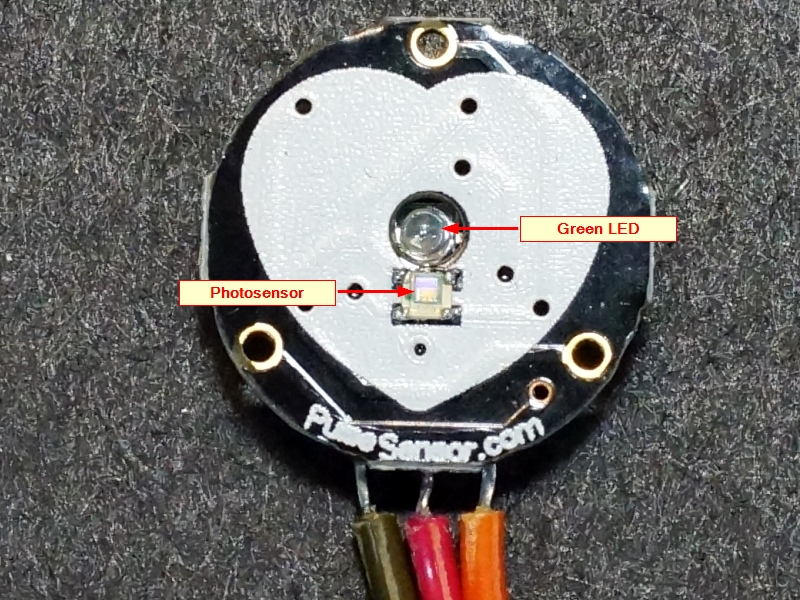Store Home Products Feedback Circuit Diagram The Pulse Sensor is a low-power plug-and-play heart-rate sensor that is well designed. The sensors will signal to 16×2 display to show our pulse rate BPM. this sensor is easy to use and operate. Just place your finger on top of the sensor and it will measure the heartbeat changes. Required Material In this tutorial , you will need : Arduino

Overview. In this project, we will interface Pulse Sensor with Arduino to Measure Pulse Rate (BPM) or Heart Beat value. The Pulse rate will be displayed on 16×2 LCD Display. A pulse sensor is a hardware device that can be used to measure heart rate in real-time. When paired with an Arduino microcontroller, you can create a simple yet effective heart rate monitor.

BPM Meter using OLED & ESP32 Circuit Diagram
After that, we will three examples such as controlling LED with pulse rate, plotting data on serial monitor, and visualizing pulse sensor data with processing library. W can use this sensor to measure the heart beat rate (BPM). Additionally, by using a processing visualizer library we will show BPM and IBI in real time in an interactive way. Monitor Heart Rate using Pulse Sensor and Arduino. SEN-11574 Pulse Sensor Introduction. The SEN-11574 pulse sensor is mainly used for sensing heartbeat rate. Normally it is a very difficult task to measure the exact heartbeat rate, but this has become so much easy with the help of this pulse sensor amped. If we talk about heartbeat, then heart

A pulse sensor, like any other optical heart-rate sensor, operates by emitting a green light (~550nm) onto the finger and gauging the quantity of reflected light with a photosensor. This method of optical pulse detection is termed a Photoplethysmogram.

Track Heart Rate: A Guide to Pulse Sensor and Arduino Integration Circuit Diagram
Pulse Sensor Overview. The Pulse Sensor Amped is a plug-and-play heart-rate sensor for Arduino. It can be used by students, artists, athletes, makers, and game & mobile developers who want to easily incorporate live heart-rate data into their projects.It essentially combines a simple optical heart rate sensor with amplification and noise cancellation circuitry making it fast and easy to get
